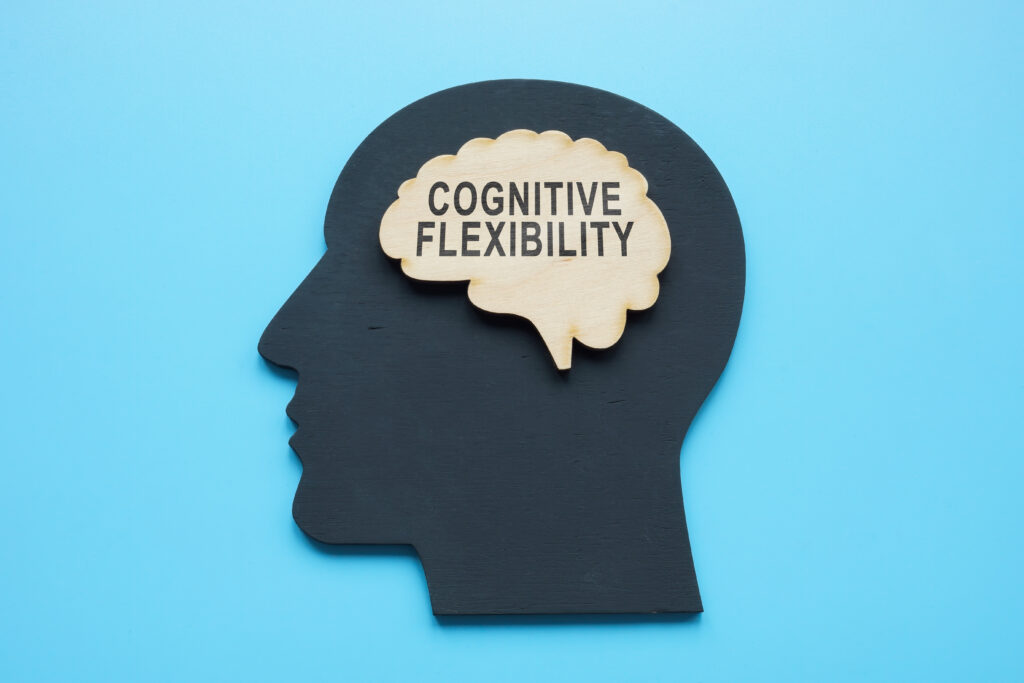Dementia is a disease that affects millions of people worldwide. It is a progressive condition that causes a decline in cognitive function, making it challenging for patients to communicate and express themselves verbally. As the disease progresses, patients may lose the ability to speak or understand language altogether.
One of the most common forms of dementia is Alzheimer’s disease, which accounts for 60-80% of all dementia cases. As the disease progresses, patients may experience physical pain but may not be able to communicate it through words. This can be challenging for caregivers and loved ones to recognize, as they may not know how to identify pain in non-verbal dementia patients.
However, it is crucial to recognize and address pain in these patients, as untreated pain can lead to further complications and a decline in overall health. In this article, we will discuss how to recognize pain in non-verbal dementia patients and provide tips on how to manage and alleviate their discomfort.
1. Look for Behavioral Changes: As the disease progresses, patients with dementia may exhibit behavioral changes that can indicate they are in pain. These changes can include agitation, restlessness, increased vocalization, or repetitive behaviors such as rocking or pacing. These behaviors can be a way for the patient to cope with their pain or express their discomfort.
2. Monitor Changes in Daily Activities: Dementia patients often have established routines and daily activities that they engage in. If you notice a sudden change in their behavior or an inability to perform certain tasks, it could be a sign of pain. For example, if a patient who typically enjoys reading suddenly stops and shows signs of discomfort, it could indicate that they are experiencing pain.
3. Observe Facial Expressions: Facial expressions can convey a lot of information, even in non-verbal dementia patients. Look for signs of discomfort such as frowning, grimacing, or tensing of facial muscles. These expressions can indicate that the patient is experiencing pain or discomfort.
4. Consider the Patient’s Medical History: Dementia patients may have other underlying medical conditions that can cause pain, such as arthritis or osteoporosis. It is essential to be aware of these conditions and monitor their symptoms, as they can worsen with age and contribute to the patient’s overall discomfort.
5. Pay Attention to Changes in Appetite: Pain can affect a person’s appetite, and this is no different for non-verbal dementia patients. If you notice a sudden decrease in appetite or changes in eating habits, it could be a sign of pain. Make sure to consult with a healthcare professional if there are any significant changes in the patient’s eating patterns.
6. Use a Pain Assessment Tool: Healthcare professionals often use standardized pain assessment tools to identify and measure pain in non-verbal dementia patients. These tools use a combination of physical and behavioral indicators to determine the level of pain a patient may be experiencing. If you are a caregiver, ask your loved one’s healthcare provider for guidance on how to use these tools effectively.
7. Talk to the Patient’s Care Team: Dementia patients often have a team of healthcare professionals involved in their care, including doctors, nurses, and therapists. If you suspect that your loved one is in pain, don’t hesitate to reach out to their care team. They can provide valuable insights and help manage the patient’s discomfort.
Once you have identified pain in a non-verbal dementia patient, it is crucial to take steps to manage and alleviate their discomfort. Here are some tips that can help:
1. Use Non-Verbal Communication: Dementia patients may not be able to communicate with words, but they can still understand non-verbal cues. Use gestures, facial expressions, and touch to convey your care and support. This can help the patient feel more at ease and reduce their pain.
2. Use Distractions: Sometimes, providing a distraction can help distract the patient from their pain. This can be in the form of music, a favorite activity, or simply spending time with them. However, make sure not to overstimulate the patient, as this can also cause discomfort.
3. Consider Pain Medications: Depending on the severity of the pain, your loved one’s healthcare provider may prescribe pain medication to manage their discomfort. Make sure to follow the prescribed dosage and monitor for any side effects.
4. Use Comfort Measures: Simple things like a warm compress or massage can provide comfort to a non-verbal dementia patient experiencing pain. These measures can also help reduce muscle tension and promote relaxation.
5. Provide a Safe and Comfortable Environment: Ensure that the patient’s environment is comfortable, safe, and free of any potential hazards. A calm and soothing environment can help reduce stress and contribute to alleviating pain in non-verbal dementia patients.
In conclusion, recognizing pain in non-verbal dementia patients can be challenging, but it is essential for their well-being and overall health. By being observant and using tools and techniques to communicate with these patients, caregivers can identify pain and take necessary steps to manage and alleviate their discomfort. Regular communication with a healthcare team and providing a supportive environment can go a long way in helping non-verbal dementia patients live a more comfortable life.


